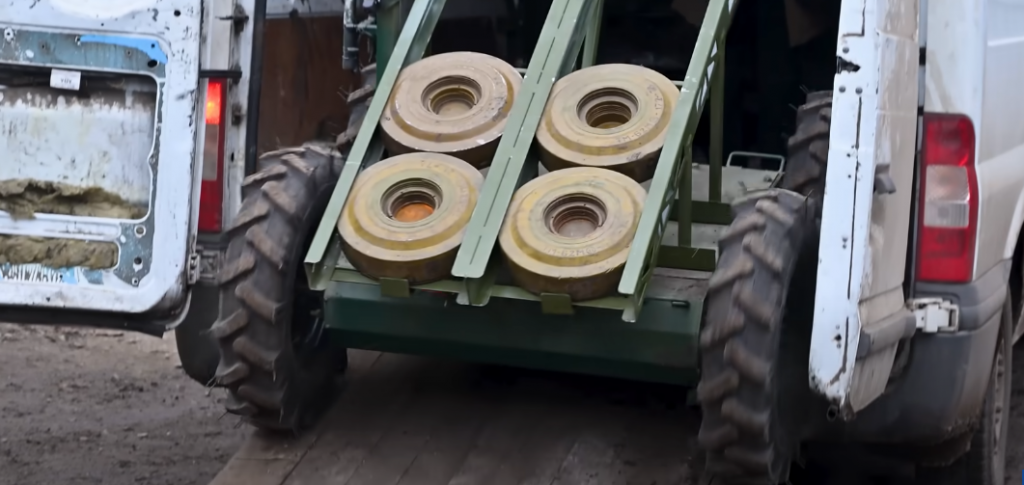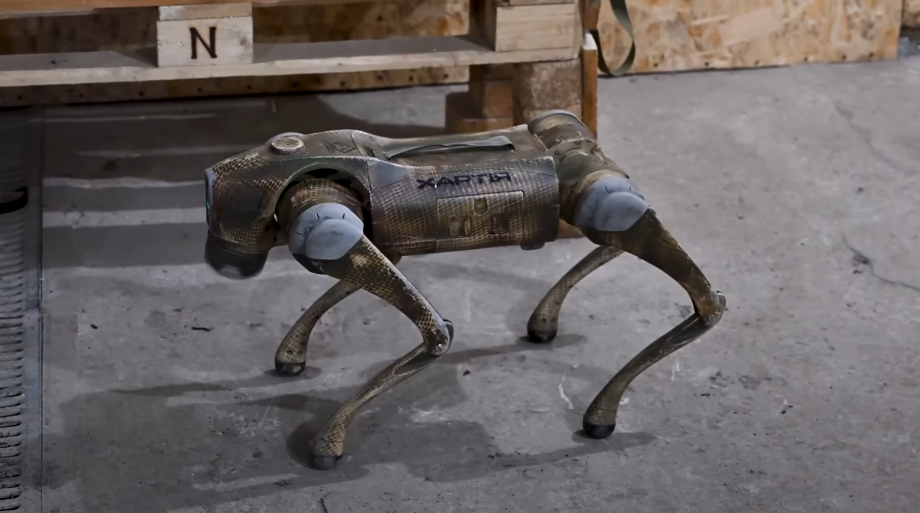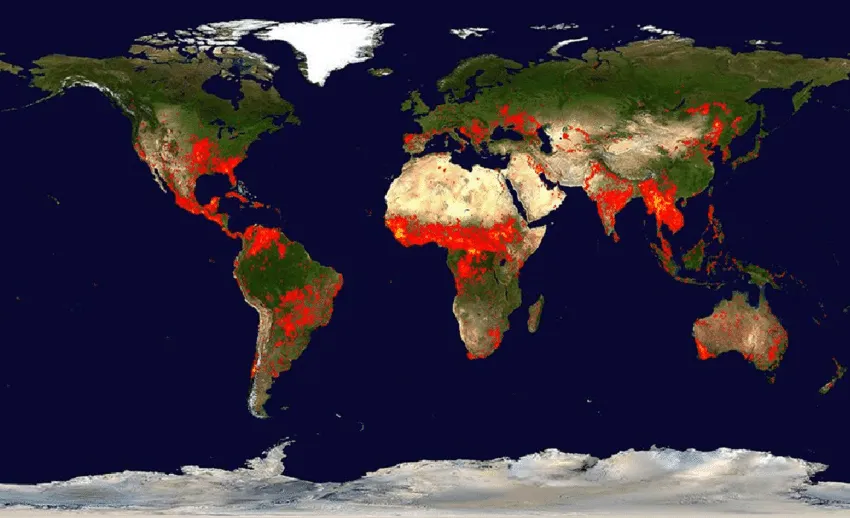drone
military
modern warfare
technology
UAV
war
aerial warfare, battlefield technology, Bayraktar TB2, combat drones, conflict technology, counter-drone, drone strategy, drone strikes, drone surveillance, drone swarm, drone tactics, drone warfare, electronic warfare, military drones, military innovation, military intelligence, military technology, modern warfare, reconnaissance drones, Russia military, Russian drones, Shahed 136, UAV technology, Ukraine conflict, Ukraine defense, Ukraine Russia war, unmanned aerial vehicles, unmanned systems, warfare innovation
9M2PJU
0 Comments
The Evolution of Drones in Military Warfare: A Historical Perspective
Unmanned Aerial Vehicles (UAVs), commonly referred to as drones, have evolved significantly from their initial applications as simple reconnaissance tools to becoming central elements in modern warfare. Their history is fascinating, marked by technological advancements that have broadened their scope of use in military operations. Here, we explore the history, usage, and growing importance of drones in military conflict, with a special focus on their deployment in the ongoing Ukraine-Russia war.
The History of Drones: From the 20th Century to the Present
Early Development and Use
Drones have been around since the 20th century, with their roots in World War I and II. The first real “drone” was developed during the 1930s and 1940s as radio-controlled aircraft used for training anti-aircraft gunners. However, they were not used for combat at this stage. By the 1950s, the U.S. military began experimenting with more advanced UAVs for reconnaissance purposes.
The early drones were primarily designed for surveillance and target practice. During the Vietnam War in the 1960s and 1970s, UAVs like the “Radioplane” (created by actor and inventor, Dr. Robert L. Goddard) were used for reconnaissance and to gather intelligence on enemy movements. However, their role was limited, and they were primarily seen as auxiliary tools rather than front-line combat assets.
Technological Advancements and UAVs in Modern Warfare
In the 1980s and 1990s, with the advancements in computer technology, GPS, and miniaturization of electronic components, drones began to evolve into more sophisticated tools. By the Gulf War in 1991, drones were being used for tactical surveillance and precision targeting. The U.S. military’s use of UAVs for reconnaissance over Iraq was a game changer, demonstrating how drones could be utilized for intelligence, surveillance, and reconnaissance (ISR) operations.
The most significant breakthrough came in the late 1990s with the development of more advanced drones capable of carrying out strikes. This led to drones being used not just for observation but also as strike platforms, making them central to modern combat tactics. The MQ-1 Predator drone, for instance, was instrumental in the early 2000s, especially during the U.S. intervention in Afghanistan and the broader War on Terror. These UAVs could stay airborne for hours, providing real-time intelligence and, when armed, launching precision strikes against enemy targets.

Drones in the Ukraine-Russia Conflict: A Game Changer in Modern Warfare
The ongoing Ukraine-Russia war has seen drones become pivotal in changing the dynamics of the battlefield. Both Ukraine and Russia have extensively used UAVs for surveillance, combat, and disruption tactics.
Ukraine’s Use of Drones
Ukraine has adapted drones for various strategic purposes, leveraging their versatility and cost-effectiveness in warfare. Ukraine’s use of drones gained significant attention after the Russian invasion began in February 2022.

- Surveillance and Reconnaissance: UAVs are crucial for Ukraine’s intelligence gathering, providing real-time data on Russian troop movements and artillery positions. These drones, such as the Ukrainian-made “Leleka-100” and the Turkish-made “Bayraktar TB2,” are used to identify targets with pinpoint accuracy. Drones equipped with infrared cameras help identify Russian units even in the dark.
- Combat Drones: The Bayraktar TB2, for example, has been instrumental in Ukraine’s strategy, able to carry and deploy smart munitions to strike Russian vehicles, artillery, and command posts. These drones have been hailed as one of the most effective UAVs in the war, demonstrating Ukraine’s capacity to carry out successful strikes on enemy targets far behind the frontlines.
- Innovative Tactics: Ukraine has also employed low-cost, improvised drones made from readily available materials for reconnaissance and small-scale attacks. These include quadcopters and fixed-wing UAVs that have been modified to carry explosives or reconnaissance cameras. Such innovation is a testament to Ukraine’s resourcefulness, proving that a well-equipped military doesn’t always require expensive technology.
- Drone Swarms: Recent reports suggest that Ukraine has been experimenting with drone swarms — multiple UAVs operating in unison to overwhelm enemy defenses. This tactic involves using a series of inexpensive drones to confuse, jam, and attack Russian positions simultaneously.

Russia’s Drone Strategy
While Russia initially lagged behind in drone capabilities, it has rapidly developed and deployed UAVs in the conflict, leveraging foreign technology and its own developments.
- Attack Drones: Russia has heavily relied on Iranian-supplied Shahed-136 drones, which have been used to target Ukrainian cities and critical infrastructure. These drones are designed to be inexpensive and are often employed in swarm tactics to overwhelm defenses. They can carry explosive payloads and fly long distances, making them a serious threat to Ukraine’s infrastructure.
- Countermeasures and Jamming: Russia has also worked on countering Ukraine’s drone operations. This includes the use of electronic warfare to jam GPS signals, rendering Ukrainian drones useless or causing them to malfunction. Russian forces are also deploying anti-drone systems such as “Pantsir” missile defense systems to neutralize UAV threats.

The Future of Drone Warfare
The use of drones in warfare has already proven to be a game-changer, and their role in future conflicts seems poised to grow. From intelligence gathering to direct combat operations, drones offer several advantages, including lower cost, greater endurance, and reduced risk to human life. The rapid development of artificial intelligence (AI) and machine learning will likely enhance drones’ autonomous capabilities, further transforming warfare tactics.
Conclusion
Drones have come a long way from their early days as training tools and reconnaissance platforms. Today, they are central to military strategy, as seen in the ongoing Ukraine-Russia war, where both nations have made significant investments in UAV technology. Ukraine has made remarkable strides in leveraging drones for both intelligence gathering and combat, while Russia has adapted its tactics, using drones for long-range strikes and countering Ukrainian UAVs. The history of drones in warfare reflects how technological advancements can reshape conflict dynamics, and as drone technology continues to evolve, its influence on modern warfare is expected to grow exponentially.







Post Comment